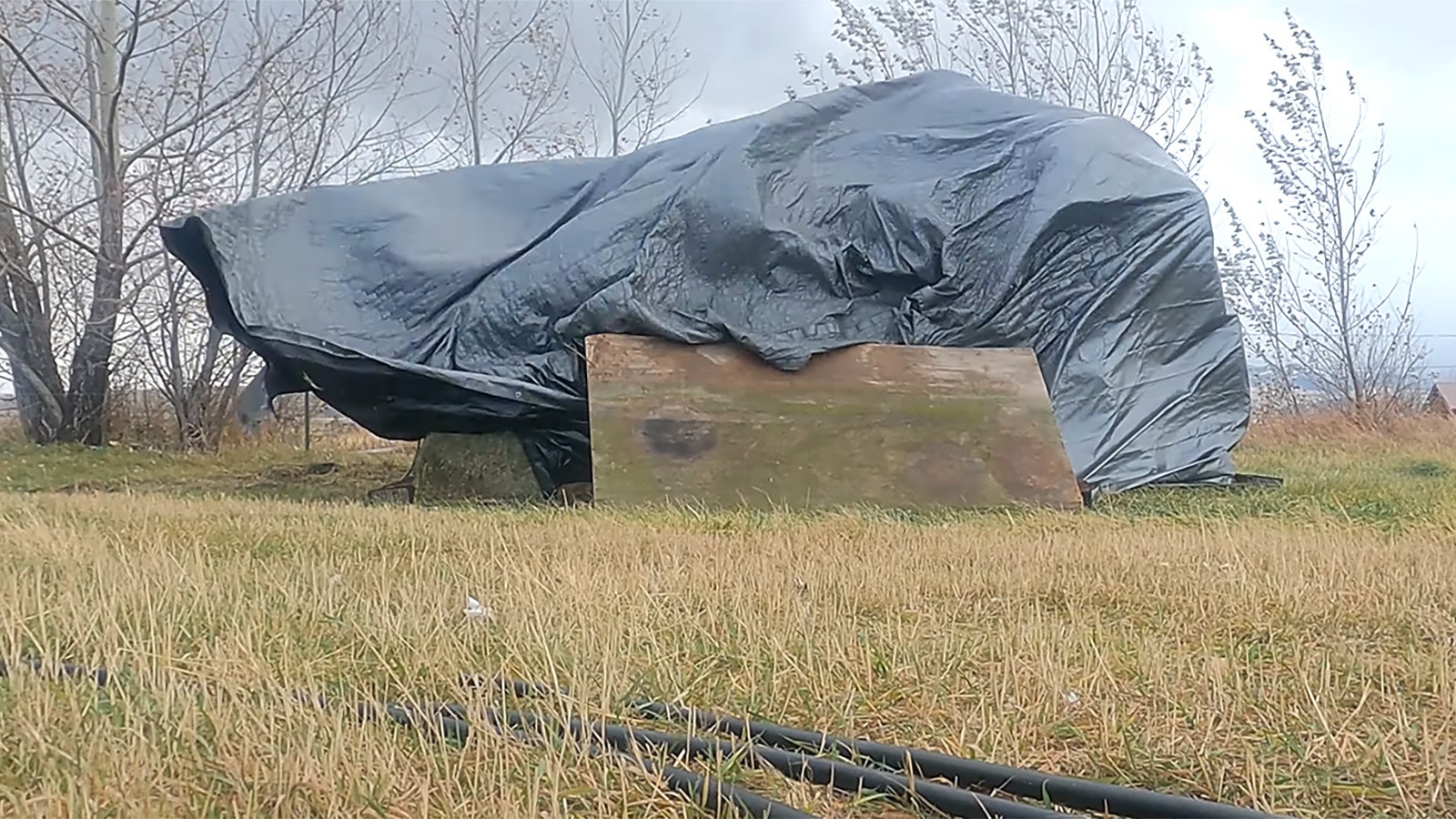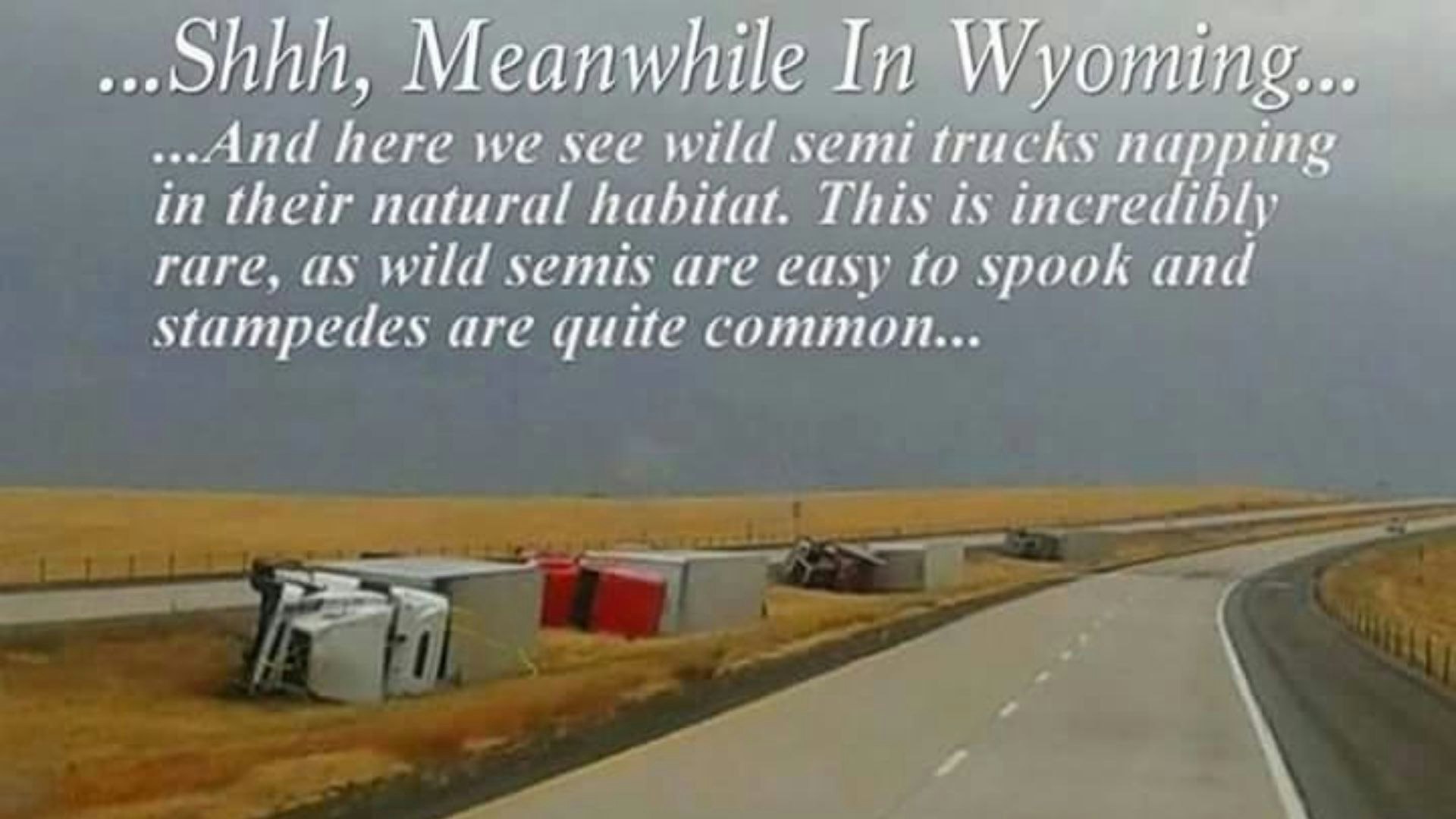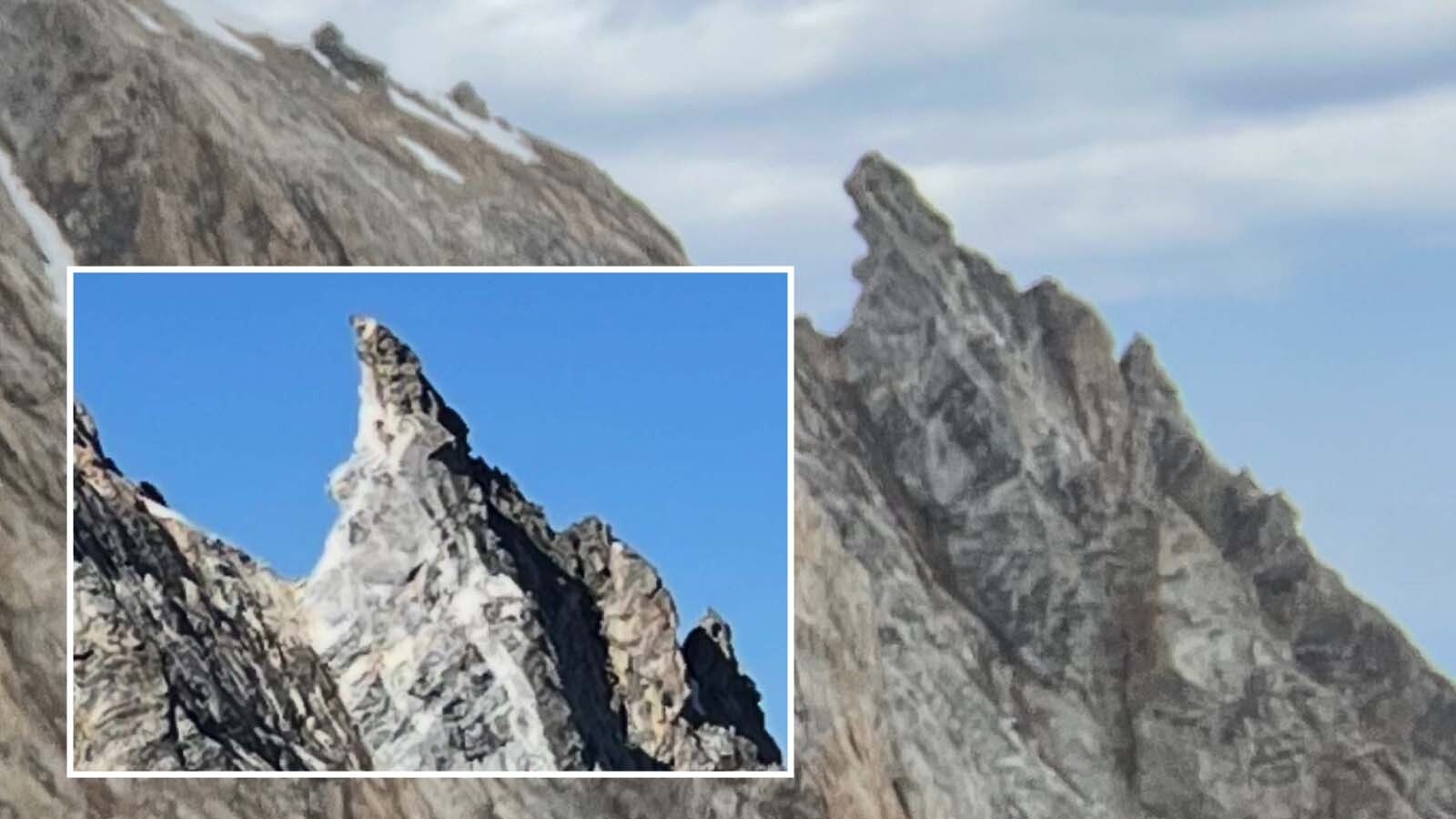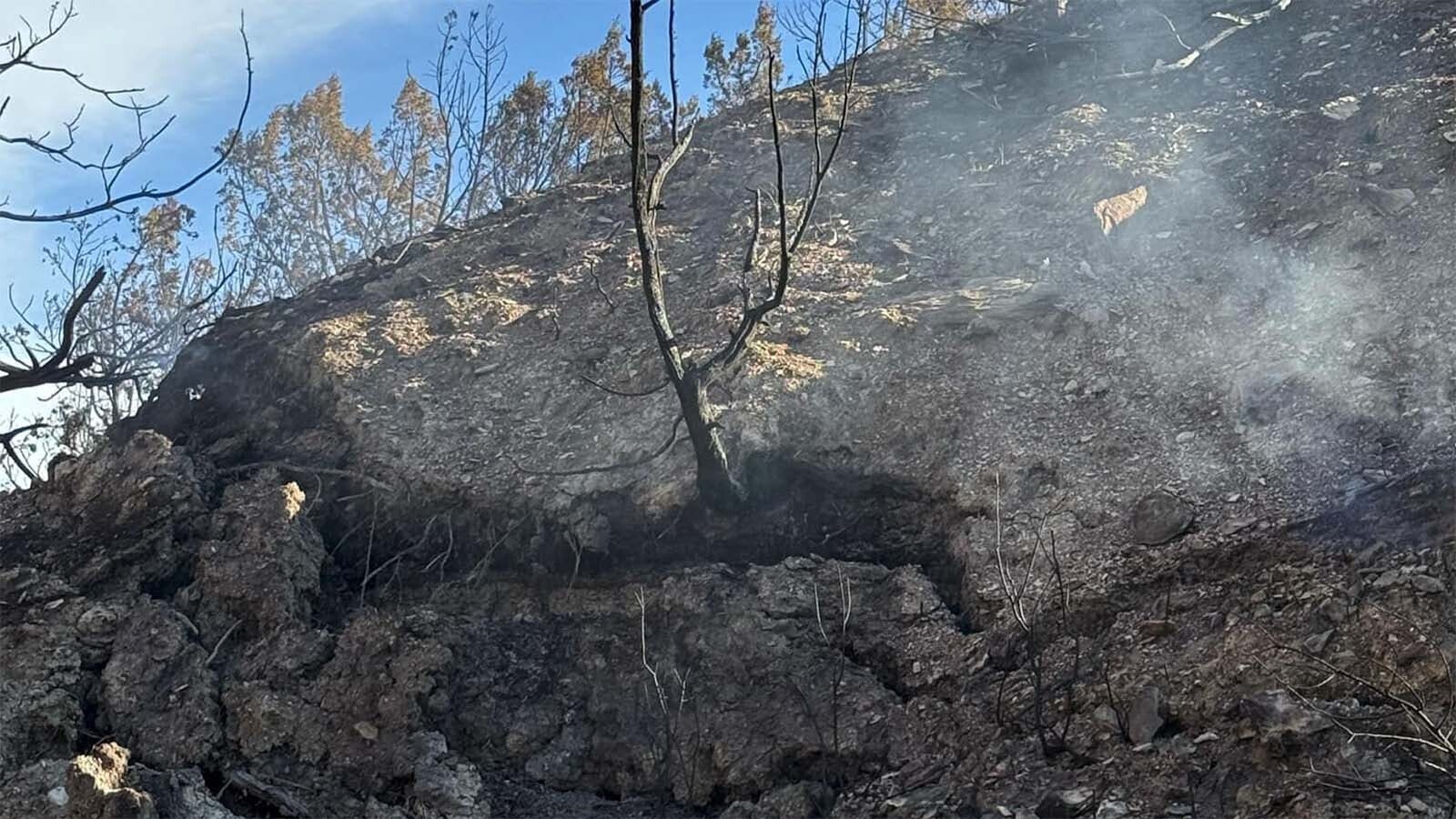Those lucky enough to live in Wyoming have got it all – mountains, sunshine, rivers, canyons, wildlife … and wind.
A lot of wind.
Anyone who’s lived in Wyoming long enough is bound to wonder if the Cowboy State is the windiest in the nation.
It is, mostly.
With an average wind speed of 21.9 miles per hour, Alaska ranks as the country's windiest state, but Wyoming is right behind at an average wind speed of 21.5 mph, making it the wind capitol of the lower 48 states.
“I personally think that the ‘W’ in Wyoming does stand for wind,” said Bret McDonald with the National Weather Service in Riverton. “It sure does seem like we are the windiest state, especially this winter.”
Global Wind Atlas
According to data compiled using the Global Wind Atlas, a web-based application developed by the Technical University of Denmark, Alaska is the windiest state in the U.S. to date, followed closely by Wyoming. The other states in the top five are Michigan (20.9), Montana (20.5) and Nebraska (20.5).
Each state’s mean wind speeds were compared at 328 feet above sea level for the top 10% windiest areas of each state. Also used to rank states in order of breeziest is the state’s mean wind power density, the quantity of electric power that could be generated by wind.
It’s easy to see, based on the data, that the West and Great Plains are the sweet spot for wind, and the Southeast U.S. blows the least.
Wind-Related Disasters
It’s not uncommon to hear about wind speeds in Park County near Clark nearing 100 mph or more or about winds on South Pass near Lander picking up trailers – with the towing vehicles still attached.
In November 2021, wind speeds of up to 100 mph took down a power line near Clark, which fell into a tree. The sparks lit the dry grass, and the 100 mph gusts fed a fire that consumed 300 acres and destroyed at least eight buildings (including three homes), ultimately claiming the life of Clark resident Cindy Ruth.
Why Wyoming?
Cowboy State Daily meteorologist Don Day said that Wyoming’s topography – especially in the most common wind corridors in the northwest and central parts of the state – contribute to the hazardous winds that can start fires, knock over vehicles and cause road closures.
“The windiest places in Wyoming are what we call in the ‘wind gaps,’” Day said. “And those wind gaps are where the wind will get channeled or squeezed between ridges, or the complex terrain canyons.”
Because these wind gaps also happen to be the most logical geological locations to build roads and highways, road closures are common, especially to light and high-profile vehicles that might be in danger of being blown off the road.
To avoid those disasters, the Wyoming Department of Transportation often closes the I-80 corridor between Laramie and Rawlins and I-25 between Cheyenne and Wheatland.
“The Arlington-Elk Mountain area, in terms of number of days and number of hours where it's the windiest, is probably the windiest (in the state),” said Day. “That is the biggest gap, at the end of the Snowy Range where they put that interstate, and then there's a small mountain range just north of there. And it's just the perfect terrain setup to just cause a tremendous amount of wind.”
The Beaver Rim, Red Canyon and South Pass areas are other areas where there are often blow-overs, Day said, but one of the worst might be Muddy Gap in Carbon County,= near Jeffrey City.
“Muddy Gap, as the name implies, the road goes right between a couple of mountain ranges there,” said Day, “so it just accelerates the wind going through there.”









